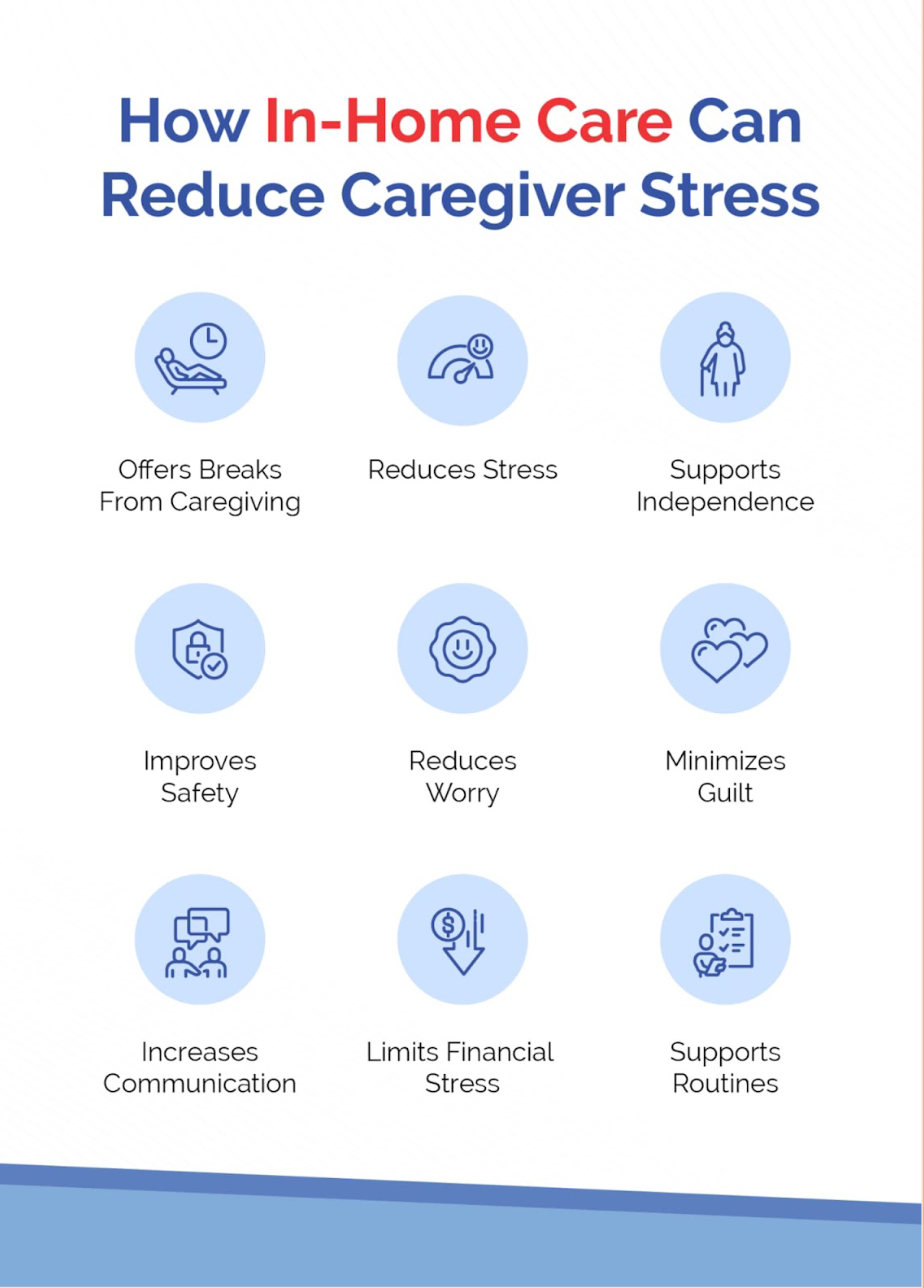
Financial Aid Optimization: Bridging the Gap in Higher Education Affordability
The escalating costs of higher education have become a formidable barrier for numerous prospective students and their families, leading to increased apprehension regarding the potential accumulation of long-term debt. For colleges and universities, this scenario poses a significant dual challenge: how to attract a diverse student body while ensuring that enrollment objectives are met in alignment with institutional missions. Financial aid optimization has emerged as a strategic tool that not only fosters affordability for students but also supports institutional goals.
By utilizing financial aid optimization, educational institutions can transform resource allocation into a dynamic enrollment strategy, thereby enhancing accessibility for students. This approach involves effectively combining institutional funds with federal and state financial aids to create a holistic package that increases the financial feasibility of higher education. Such comprehensive aid packages not only ensure that tuition is manageable but also help maintain—and improve—student retention rates.
Optimizing financial aid involves a data-informed, constant process that refines how funds are allocated annually. Traditional static models of financial leverage have evolved into a more responsive and adaptive framework, informed continuously by real-time data analytics. With tools like Liaison’s Othot platform, institutions can analyze relevant student demographics and academic profiles to tailor financial aid offerings to meet individual needs. This advanced analytics tool enables colleges to create distinctive financial aid strategies that resonate with enrollment goals and contemporary market trends.
To enhance affordability, schools must understand the pervasive financial challenges faced by students. Costs associated with tuition, housing, textbooks, and various other fees have created substantial financial gaps for many students, including those from low-income backgrounds. While federal aid programs like the Pell Grant provide essential support, they often leave significant financial burdens unaddressed, particularly for middle-income families.
A meticulously crafted financial aid strategy based on both need-based and merit-based components is vital for overcoming these barriers. By leveraging predictive analytics, institutions can refine their aid offerings to ensure equity and inclusivity among different student demographics. For instance, addressing issues related to inflation in academic performance criteria allows colleges to recalibrate merit-based aid, thereby fostering a fair distribution of financial resources.
The overarching goal of financial aid optimization is to strike a critical balance between student affordability and institutional sustainability. Institutions that adeptly redistribute funds can achieve higher net tuition revenues without sacrificing enrollment figures, thus illustrating how informed financial decisions can yield substantive long-term benefits. This strategic alignment of financial aid not only facilitates initial student enrollment but also fosters student success throughout their academic journeys.
In conclusion, financial aid optimization represents a fundamental shift in how institutions approach student support and enrollment management. By integrating data-driven strategies, colleges and universities can create comprehensive financial aid packages that enhance both accessibility and affordability, ultimately achieving their broader institutional objectives. Institutions intending to enhance their financial aid and enrollment strategies are encouraged to explore solutions provided by Liaison, which are designed to support schools in navigating this complex landscape of higher education financing and enrollment management. For further information, institutions are invited to contact Liaison.
:quality(70)/cloudfront-us-east-1.images.arcpublishing.com/shawmedia/P5PAQ5APJ5C7BK3YEJELNIFQ74.JPG)

